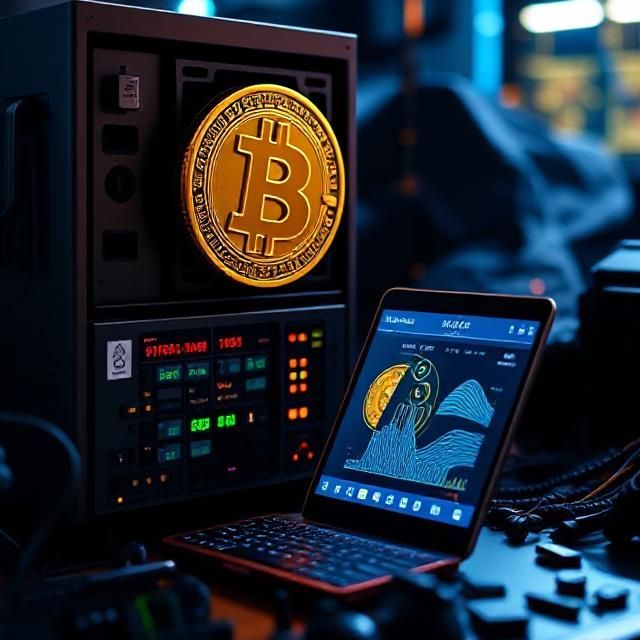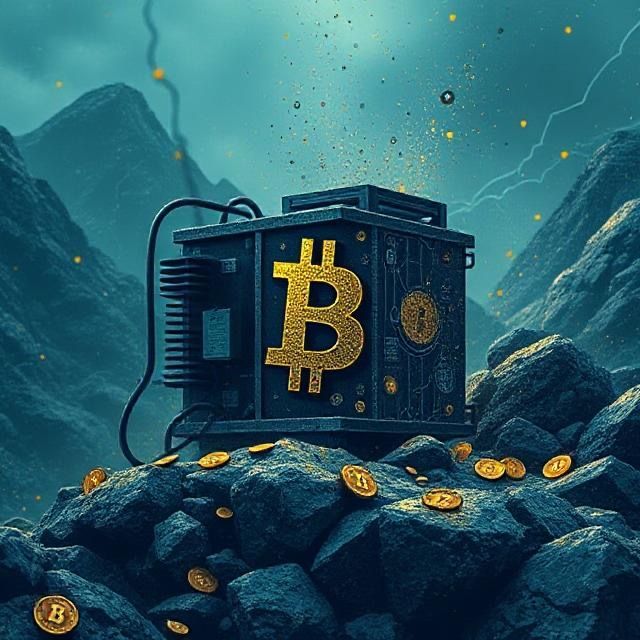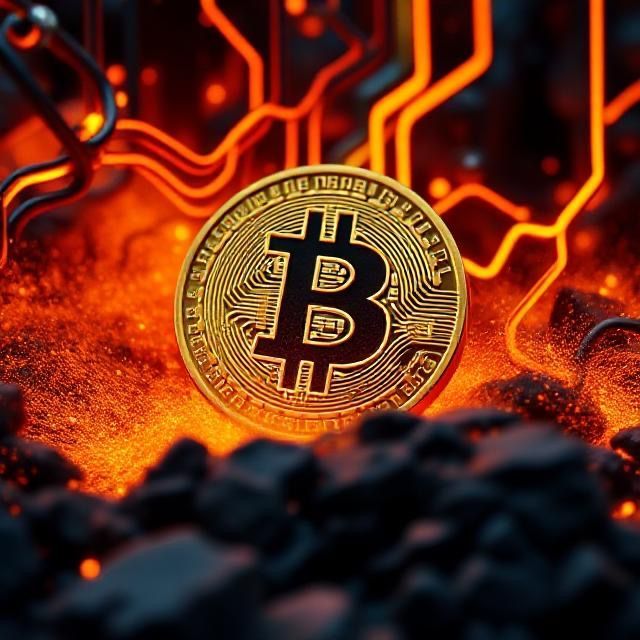The Beginner’s Guide to XRP and Ripple
International money transfers take between 2 and 5 working days. The time you must wait for a transaction to complete often breeds frustration, anxiety, and stress. In an age where most operations are online, instant and free, the current system seems obsolete and expensive.
XRP is a cryptocurrency that aims to change all of that and make money transfers immediate, cheap and easy for everyone. Ripple’s most successful product in terms of blockchain technology has already gained universal appraisal and stroke major deals with many banks from around the world.
Read our beginner’s guide to XRP and Ripple to find out more about the cryptocurrency that comes as an alternative to both Bitcoin and traditional financial systems!
XRP in a Nutshell
- XRP was developed by Ripple to improve bank transfers between any (crypto) currencies
- XRP is the native digital asset of the XRP ledger
- The XRP ledger is an open-source blockchain
- XRP acts as a transfer bridge between two or more fiat currencies
- No one can own the XRP ledger, including Ripple
- XRP is managed by the community who deals on the XRP ledger
- XRP enables extremely secure, nearly instant money transfers
- XRP does not necessitate mining
- XRP takes only 4 seconds to complete a financial transaction
- XRP allows for global transactions to take place almost freely
- Anyone can use and own XRP
What is the difference between XRP and Ripple?
If you are new to cryptocurrency, you probably find it confusing when people refer to XRP and Ripple as if they were the same thing. Experts may easily differentiate between the two, but you could easily get your wires crossed in the beginning.
Let us clear the air a bit for you!
Ripple is a currency exchange and payment network developed by Ripple Labs Incorporation,which is a tech company based in San Francisco. XRP was released in 2012 as an alternative to outdated financial transaction systems.
Ripple supports money transfers in the form of tokens, fiat currency, commodities and cryptocurrencies on a distributed, independent protocol system called the XRP Ledger .
The XRP Ledger is commonly shared by the community that controls XRP , which is a decentralized native cryptocurrency.
In conclusion, Ripple is the system created by the Ripple Labs Inc. company to support quick financial transactions on the XRP Ledger and through a digital asset called XRP.
What is XRP?
XRP is the intermediary that enables global financial transactions in nearly any currency or cryptocurrency to take place in a matter of seconds and almost completely free.
There are 100 billion XRP tokens in the world right now. All of them were created at once, and they do not require mining, which makes XRP entirely different from other popular cryptocurrencies like Ethereum and Bitcoin.
XRP is not an alternative to traditional banking systems, but a grand improvement that should make them relevant to today’s level of technology, business applications, and customer demands.
The main benefit of using XRP in financial transactions is its speed. By using the XRP ledger, you can send and receive financial assets almost instantly as opposed to bank transfers that may take several days. Additionally, you pay a small fee for the transfer, which is even smaller than most bank commissions out there.
A Brief History of XRP and Ripple
Ripple Lab Inc. co-founders, Jed McCaleb, and Chris Larsen along with David Schwartz and Arthur Britto were all part of the original team that came up with the idea of a decentralized, open-source financial network as a replacement for SWIFT (Society for Worldwide Interbank Financial Telecommunication) back in 2012.
The result of their work was Ripple, which aimed to “ integrate with banks’ existing networks ” and bring financial transactions to today’s high-speed transit level. The team also created XRP as a convenient intermediary agent that would make the entire process safer and more efficient.
By 2014, the company had secured $3.5 million for open-source payments and virtual currency.
In 2017, for a brief period, XRP hit a market capitalization of $73 billion, making it the second-largest cryptocurrency in the world, second only to Bitcoin.
At the time of writing, Ripple has already amassed more than 120 partnerships with worldwide banks under its belt. Some of them have already implemented projects that involve transfers through XRP, while others are testing the ledger as we speak.
What is the difference between XRP and Bitcoin?
When you hear the word “cryptocurrency”, surely Bitcoin is the first thing that pops into your mind. Now, XRP is a similar digital asset to Bitcoin when it comes to facilitating money transfers. However, there are major differences between the two, which ultimately puts them in two different categories of cryptos.
On one hand, XRP works at a staggering higher speed than Bitcoin. Transfers made through XRP take on average 4 seconds. At the other end of the spectrum, Bitcoin transactions may take between a few hours and a couple of days depending on the volume.
The XRP tokens were coded all together at once. There was no need for mining as it is the case for Bitcoin and Ethereum.
While Bitcoin has a hard cap set at 21 million, the amount of XRP has been defined from the start at the sum of 100 billion tokens. Ripple owns more than half of them and has announced that there will not be any more tokens created in the future.
Last, but not least, Bitcoin appeared as a much-needed alternative to the traditional banking system. While both Bitcoin and XRP function through blockchain technology, the latter is meant to improve the classic banking network and help users transfer money quicker, cheaper and more efficiently than ever before.
How does XRP work?
You are probably familiar with the way Bitcoin uses blockchain technology to complete a transaction. In that case, every transfer receives validation from a large number of “miner” computers that have to solve a difficult math puzzle, confirm the result and subsequently the veridicality of the operation.
In the case of XRP, there are no miners involved. Instead, the XRP ledger, which constitutes around 150 computers or validators from all over the world, will validate the transaction based on an internal poll or consensus between them. The process takes on average 4 seconds, and it is currently the quickest way to transfer money anywhere on the planet.
In the case of Bitcoin, mining computers need to be high-performance machines which usually consume huge amounts of electricity. When it comes to validating transactions through Ripple, the validator computers can be run by companies, banks, individuals or through Ripple computers.
XRP users have more control over the transactions than in any other blockchain-based network. They can define certain computers on the ledger as “trusted validators,” which will automatically confirm a transfer of digital assets as long as one of them validates it.
One of the most attractive XRP features for crypto enthusiasts is the ability to issue non-XRP currencies freely. Any user can create these digital assets called “issuances” or “IOUs” and trade them with others for XRP or identical currencies on the ledger’s decentralized exchange.
Which leads us to another exciting aspect of trading on XRP’s ledger: the decentralized exchange. Here, users can create “offers” through which they initiate a transaction.
The purpose of a transaction is to exchange IOUs between them or for XRP tokens. An offer cannot place anyone in debt, and it goes through a validation process that regulates its value in accordance with similar offers in the decentralized exchange.
If two users want to exchange IOUs in a cheaper way, they can do so by using the AutoBridging feature. AutoBridging uses XRP as an intermediary coin between the two issuances. This option occurs automatically on every OfferCreate transaction. Users can opt for alternative paths that have the same effect when they engage in Payment transactions.
Ripple’s expansion on the crypto market
Ripple’s work in blockchain technology does not end with the XRP ledger and its crypto. The company is offering a software package called xCurrent for banking institutions to quickly update the traditional transaction system.
XCurrent permits instant international money transfers. It comes with a real-time messaging feature and it confirms payment details as well as exchange rates on the spot.
The only problem with xCurrent is that it does not use XRP as a bridging currency. So, Ripple aims to convince banks to upgrade to xRapid , which would use XRP with the same benefit of instant international transfers, but with an additional cost-cut on each transaction with up to 70%.
Another future package from Ripple will be xVia , which will enable regular users to initiate and complete international money transfers through XRP on the payments network that connects all participating banks and exchanges, called RippleNet .
The latest project form Ripple is Xpring , which will be an offer for tech startups to move all of their financial operations on the XRP ledger. In exchange, they will receive grants that should accelerate their initial development.
How to buy XRP
At the moment, there is still an ongoing debate on the cryptocurrency market if XRP is an actual crypto, or simply security. Ripple has not yet convinced all the naysayers, so for now, you won’t be able to buy XRP on the major cryptocurrency exchanges like Gemini and Coinbase .
Still, there are safe and easy ways to buy XRP, such as:
Where to store XRP
While XRP is currently one of the hottest cryptos out there, storing these tokens online is not the best idea. The optimal choice would be to store XRP on cold wallets (offline storage devices) as soon as you purchase them.
Desktop wallets and online wallets are increasingly becoming the favorite targets of hackers everywhere. If you store your XRP tokens on hardware wallets like USB sticks that have been optimized to secure cryptos, you have a better chance at keeping them safe and sound.
The Benefits of Using XRP
With XRP you can complete international money transfers in just 4 seconds
There are nearly no exchange fees or banking commissions
Ripple enables instant transactions between any type of currencies or cryptos
The XRP ledger is flexible, scalable and provides tools for settling smart contracts while you can run other applications in the background
The Payment Channels feature on the XRP ledger enable quick asynchronous balance changes relative to your speed of signature validation
The Escrow feature allows for XRP to be locked until particular cryptographic conditions are met
An advanced feature called DepositAuth lets users decide who can send them money and who doesn’t have this permission
The Decentralized Exchange feature enables users to trade tokens or obligations on the ledger
The transaction process is shielded by independent layers of protection against bugs under an advanced feature called Invariant Checking
The Amendments feature allows for the technology to evolve and the ledger to expand through smooth, seamless upgrades
Some of the banking institutions that work with Ripple and XRP include MoneyGram, Bank of America, American Express, UniCredit and Standard Chartered
XRP represents a viable alternative to other cryptocurrencies and a radical improvement to the old financial system
The Risks of Using XRP
- Ripple still owns almost 60% of all XRP tokens, which makes the crypto somehow centralized for now in spite of Ripple’s denial of it
- It will take some time before Ripple and XRP will be equally beneficial to end-users as they are for banks at the moment
Featured image courtesy of Shutterstock.
The post The Beginner’s Guide to XRP and Ripple appeared first on Crypto Adventure.




